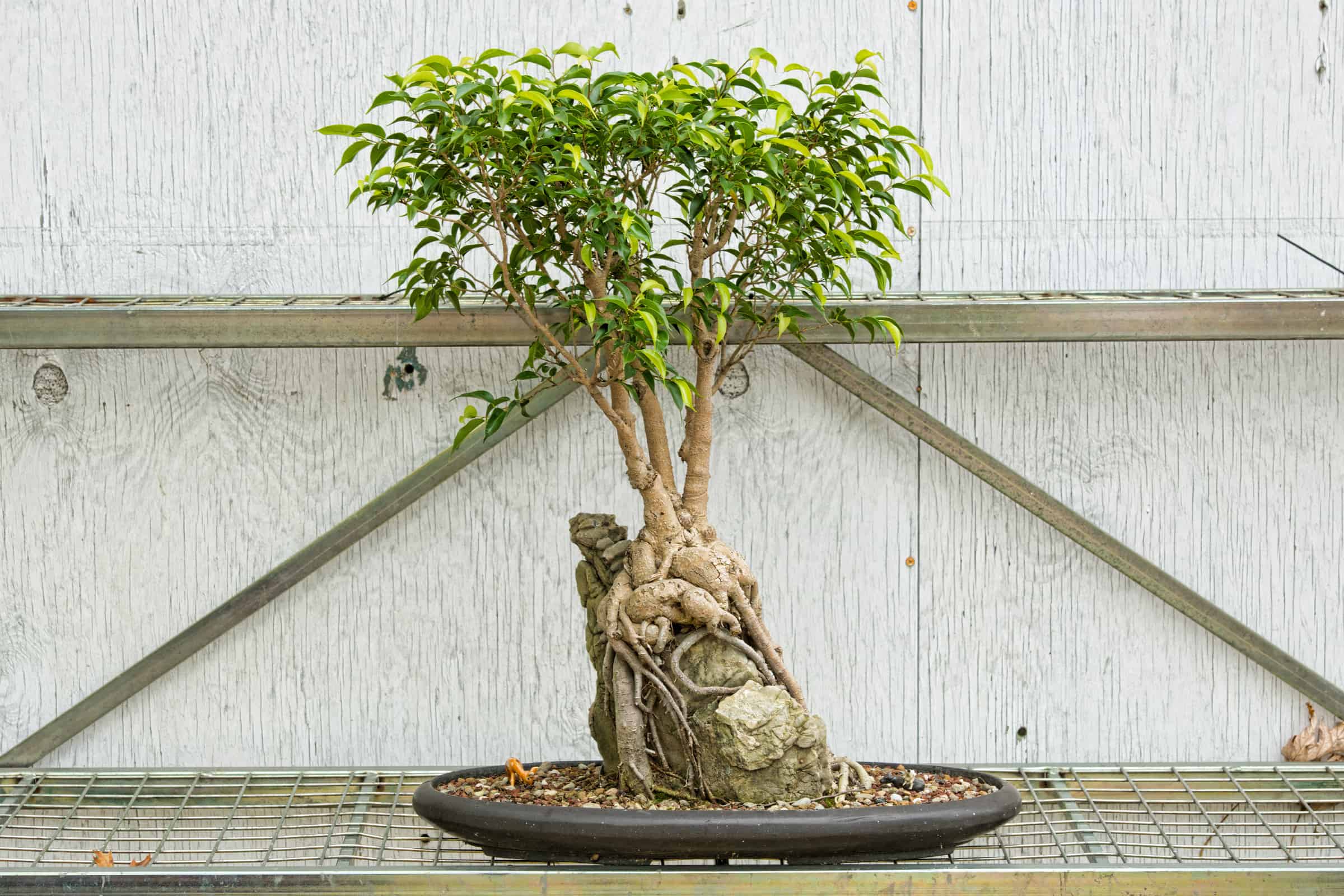So, you want to learn the art of Yamadori but aren’t really sure what it is? Yamadori literally means “collecting plants in the mountains” but is loosely translated into gathering plants from the wild.
The found plant specimen is then carefully and skillfully trained into works of art also known as Bonsai. Yamadori is the most coveted type of Bonsai because of its unique characteristics. The interesting shape and lines of the plant tell a story that can’t be replicated in the nursery. Only time and nature can sculpt the uniquely gnarled and twisted trunks and branches of each plant.
Yamadori is a plant naturally stunted by a combination of factors—severe climate extremes, poor soil conditions, short growing seasons, wind and abrasive sand, and grazing animals—result in contorted, smaller-than-normal trees.
The majority of the time when plants have been discarded, the root system has been compromised after the plant has been dug out of the ground. To balance the tree out, some of the branches and leaves must be removed. Carefully transport the plant home. Pete advises to:
- Cut back rotten and ripped roots.
- Soak the root system in rain water overnight.
- Plant in soil and water well (but don’t water again until the soil is thoroughly dry)
- Mist the foliage 3 to 4 times a day.
- Do not feed or fertilize for two years.
- Be patient and wait until the spring to style your Yamadori.
The process of caring for Yamadori is a rewarding yet time consuming endeavor.
Watch for information on an upcoming workshop with Yamadori enthusiast Pete Bethune on creating your own bonsai foraged from garden clean outs.

